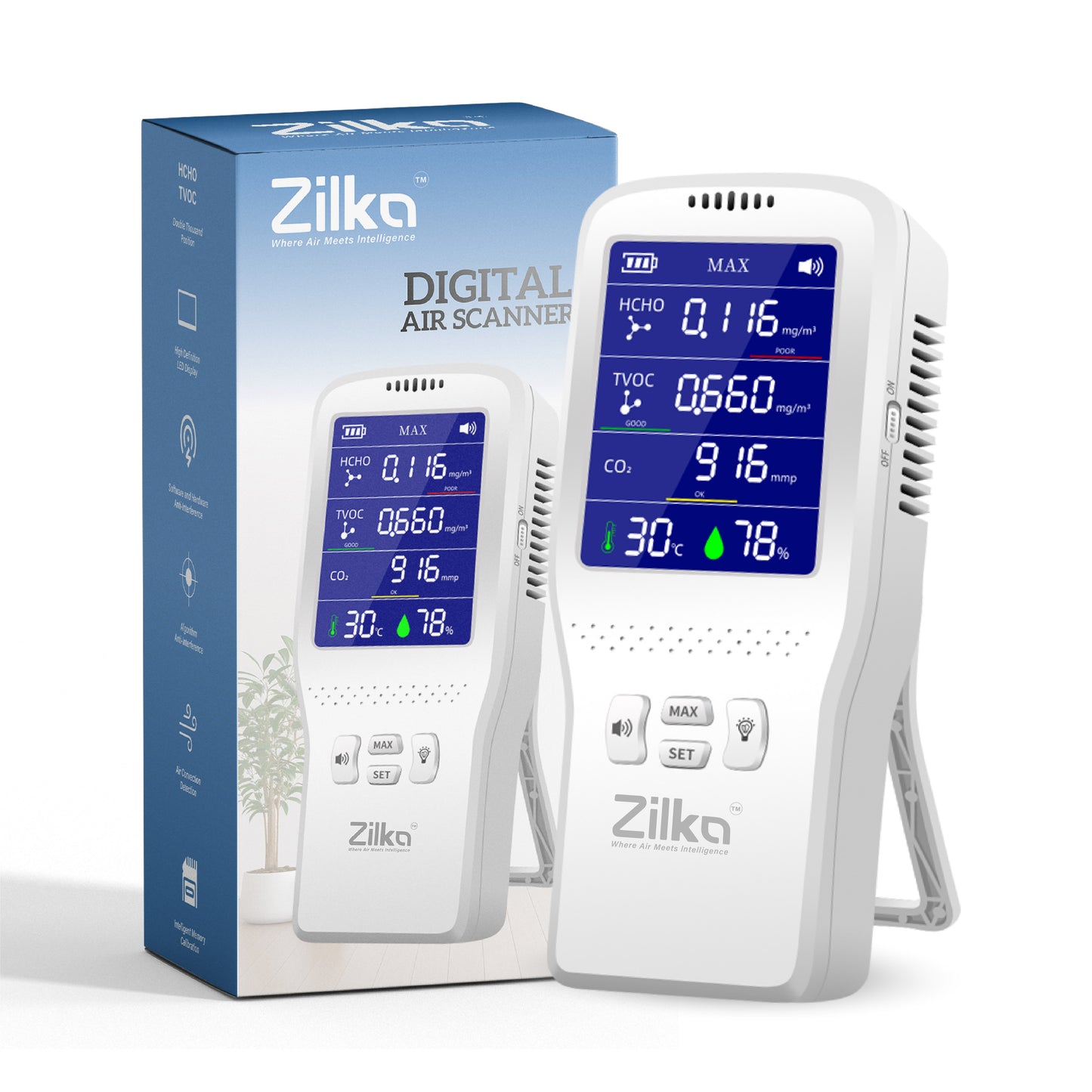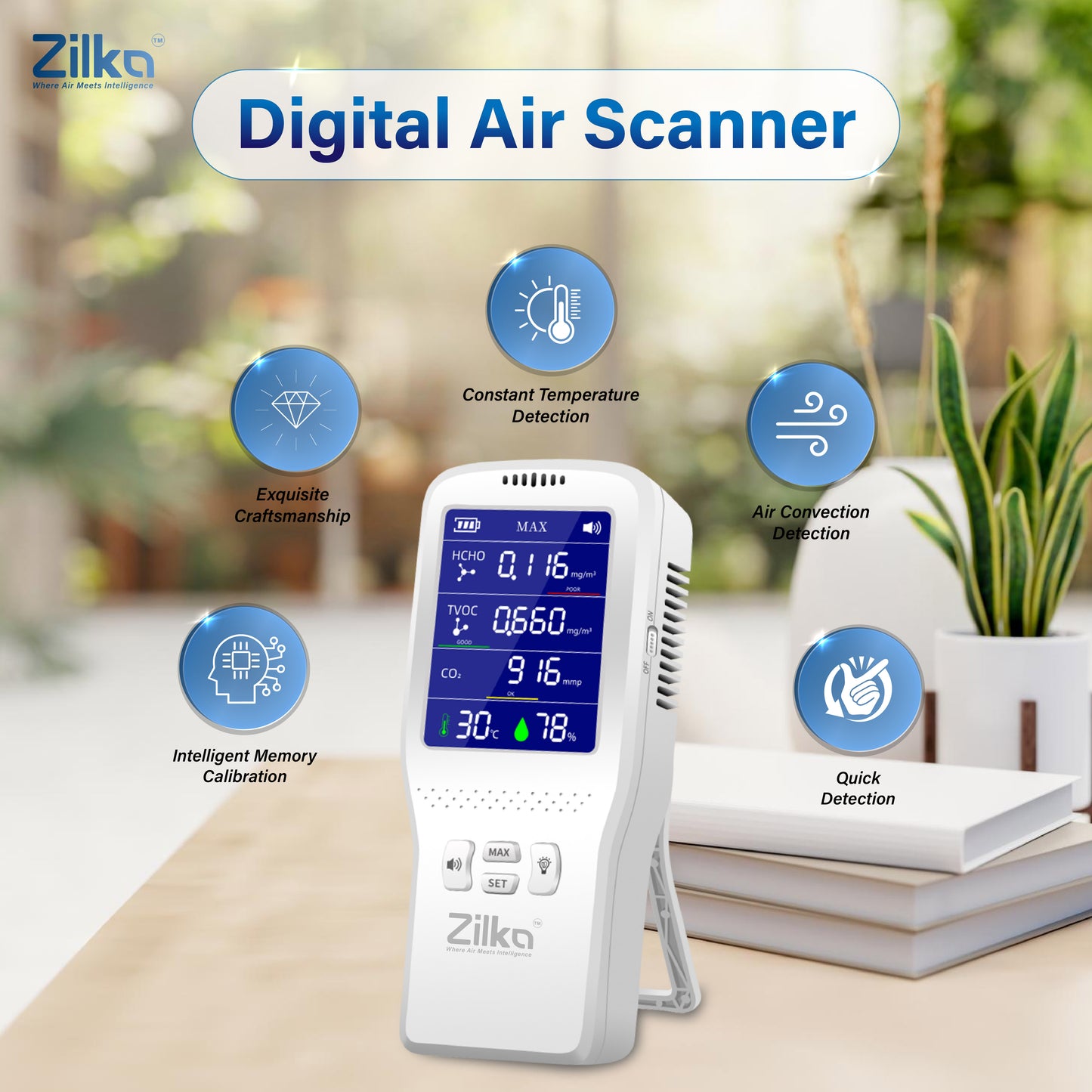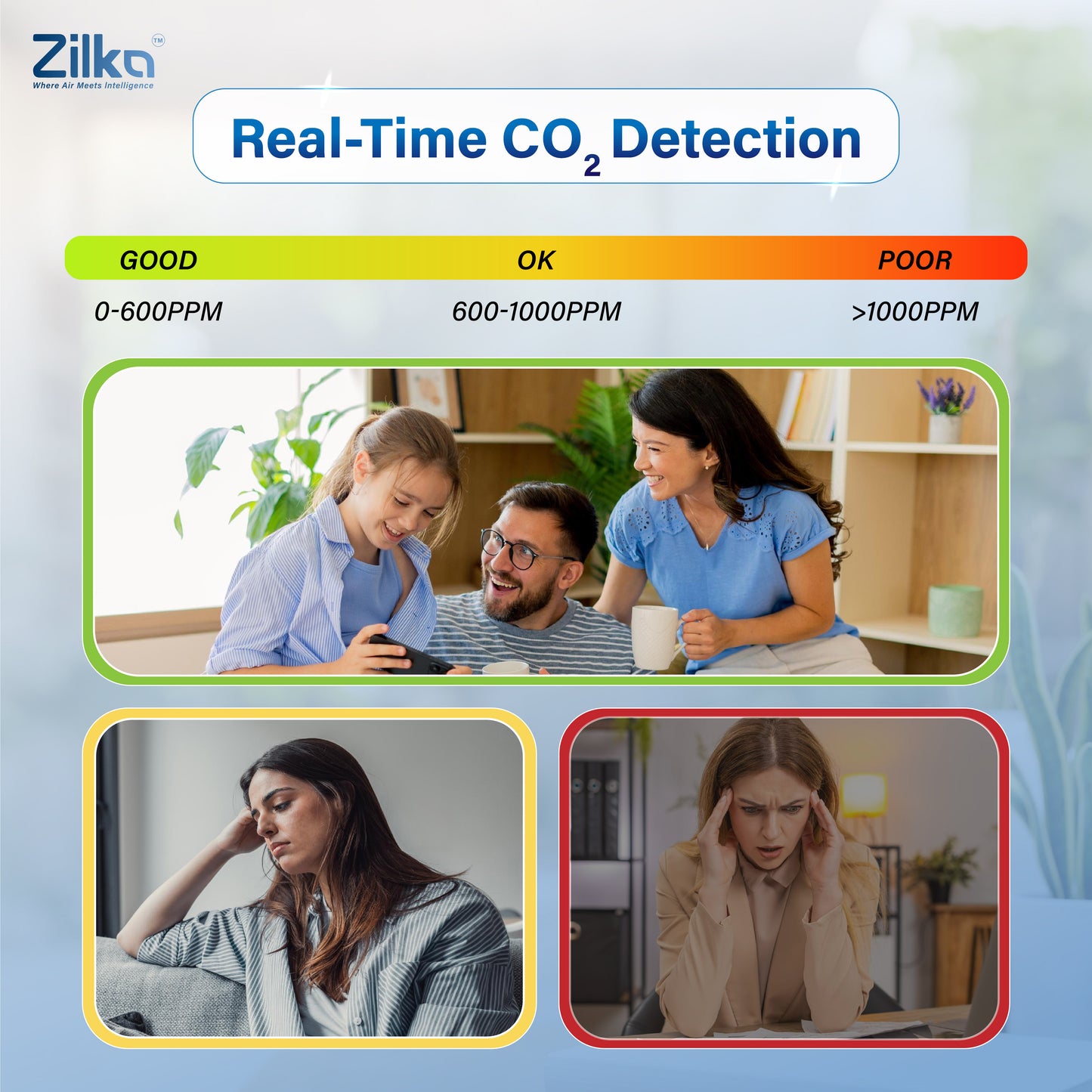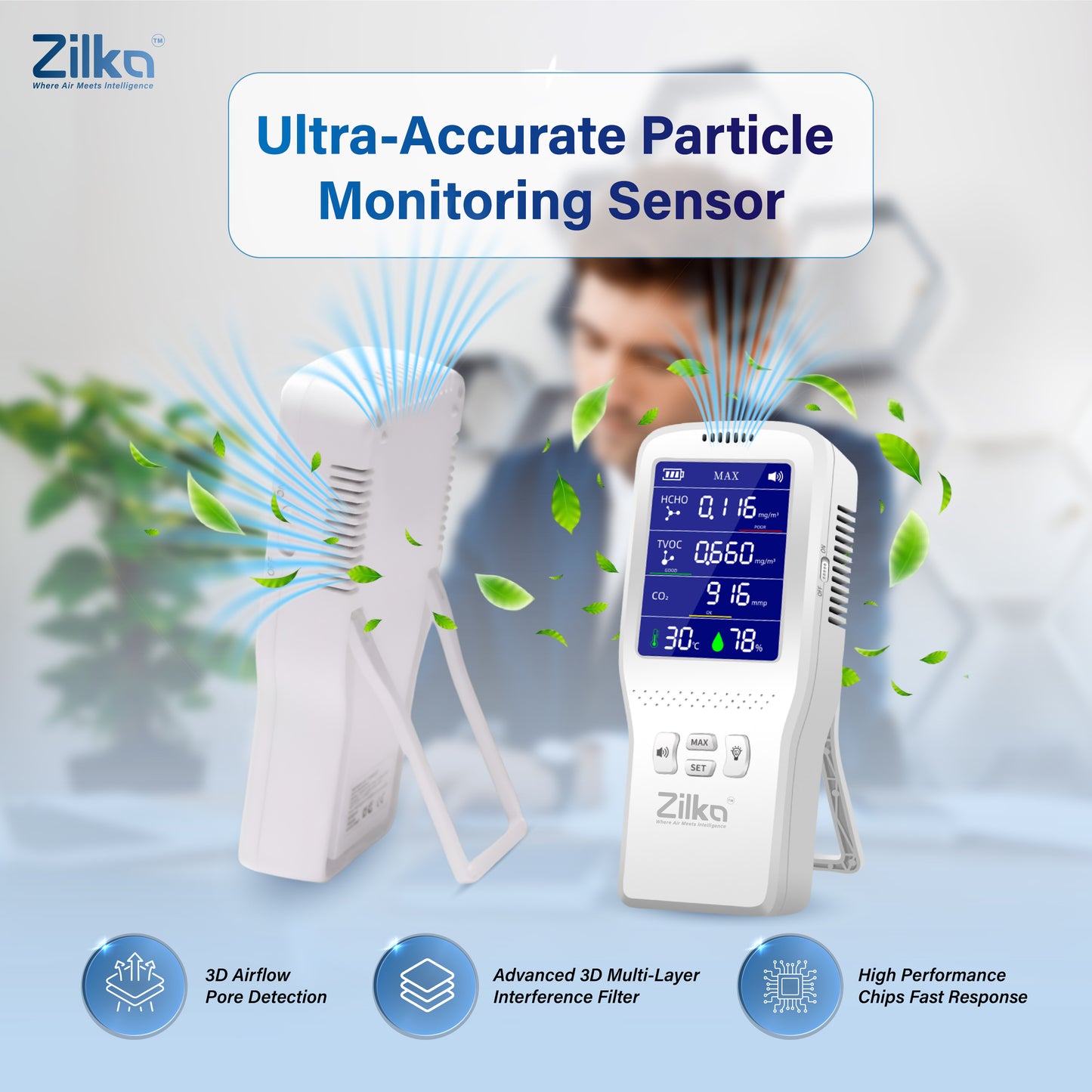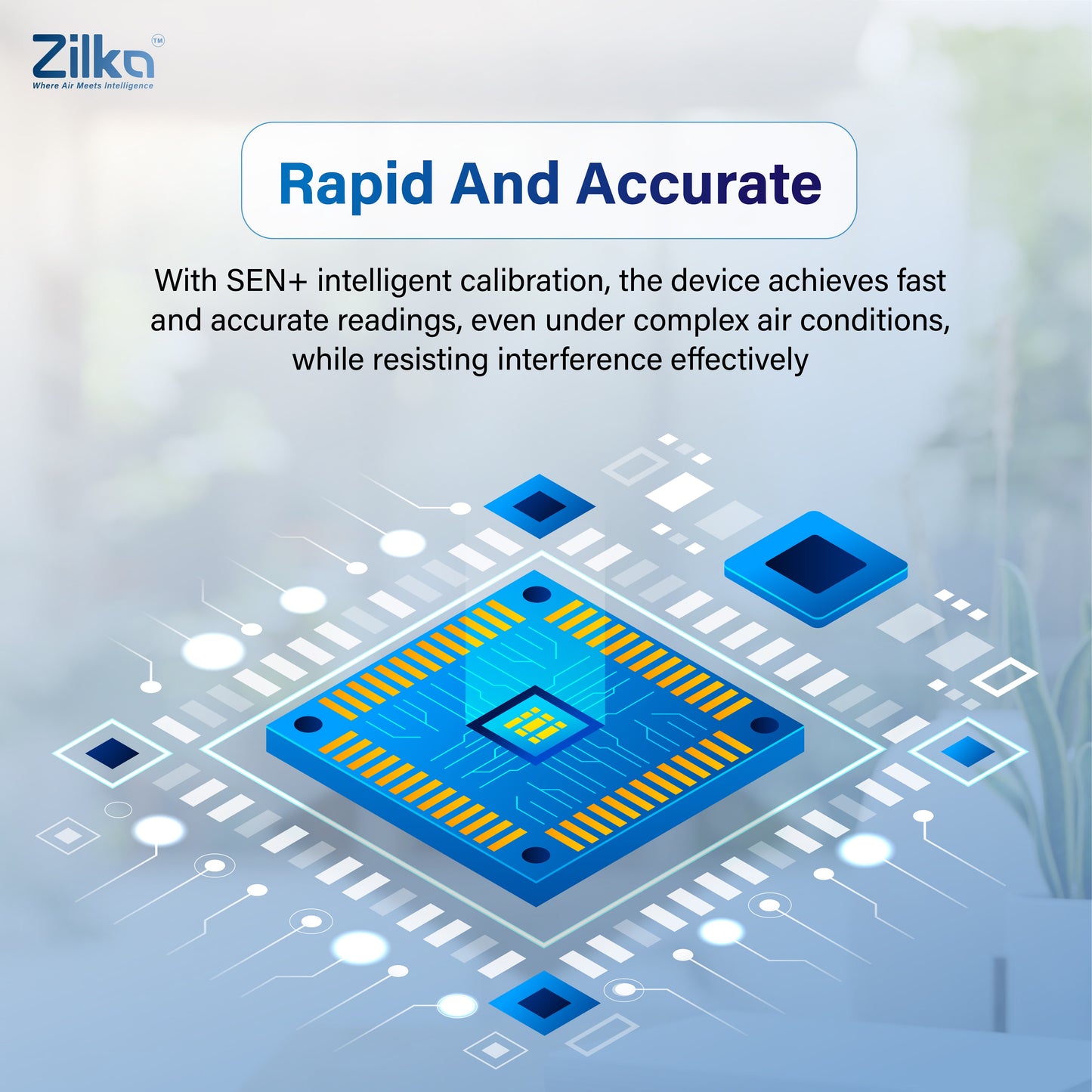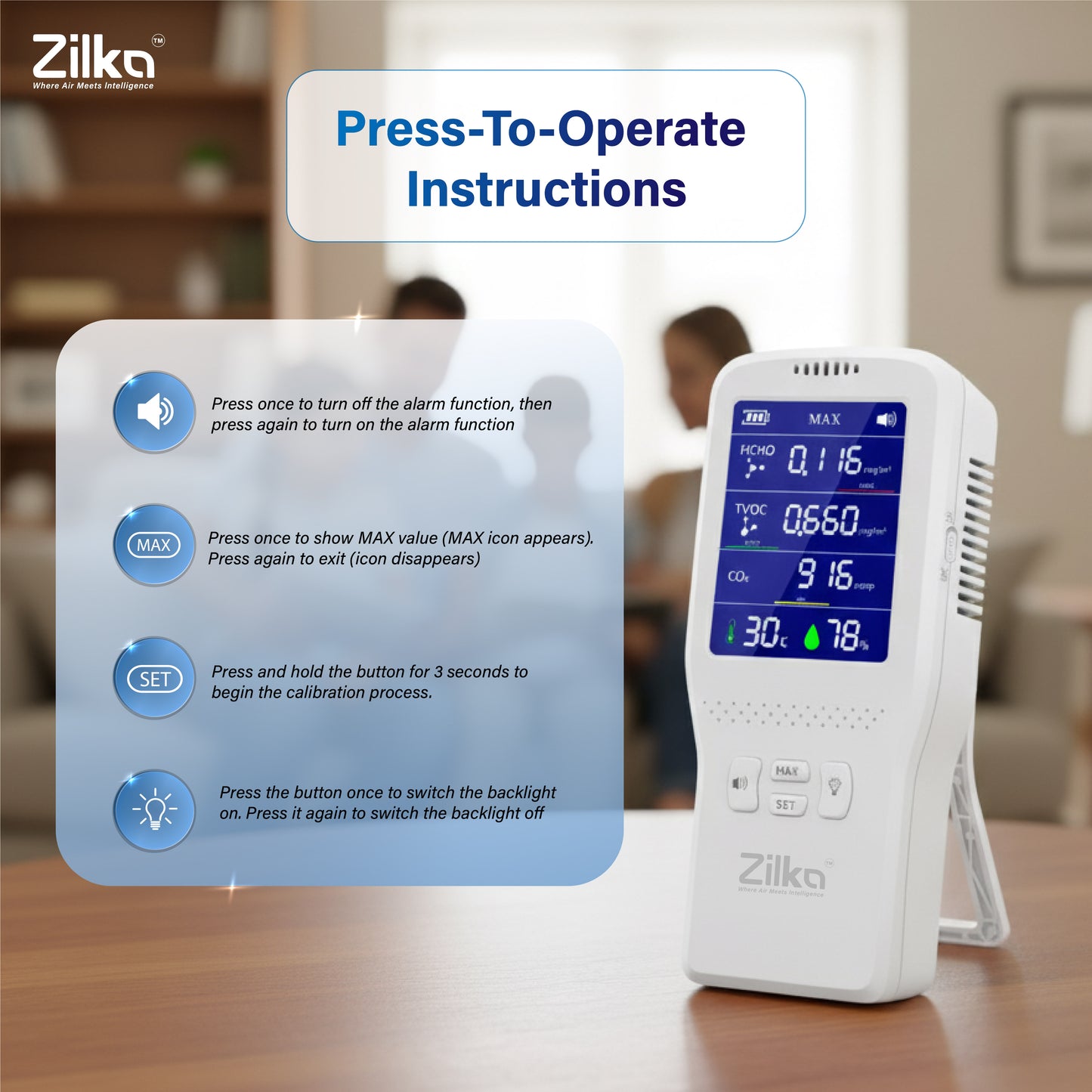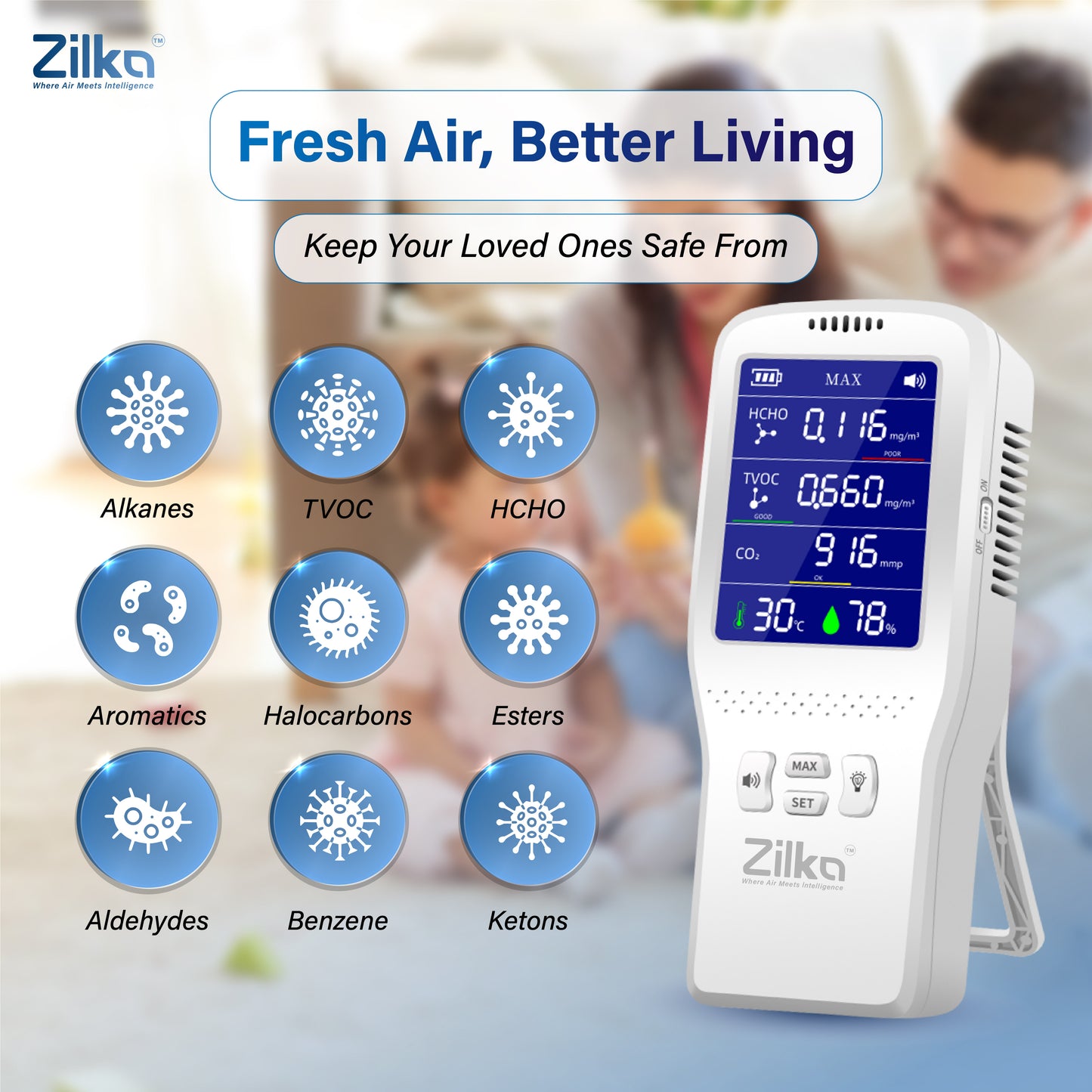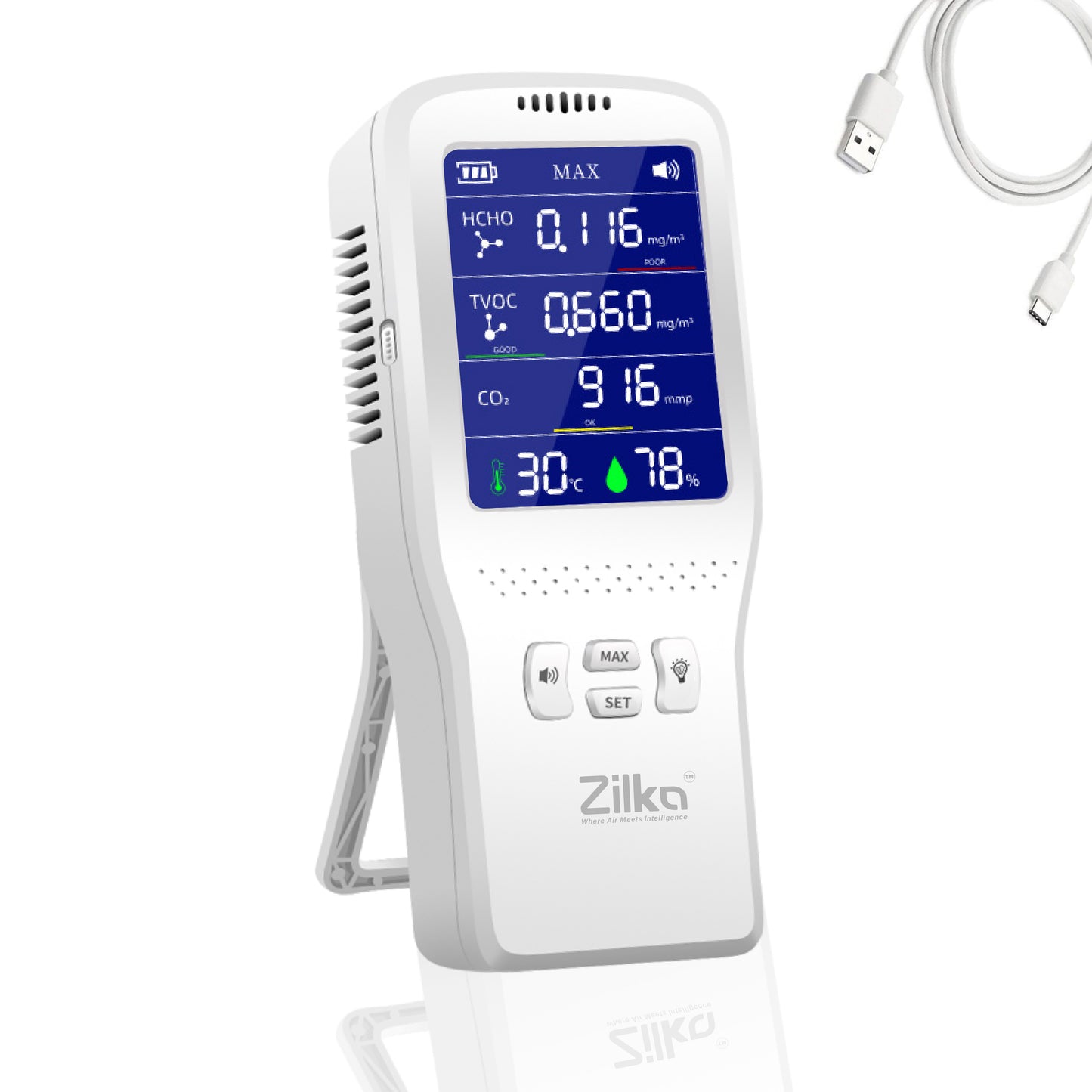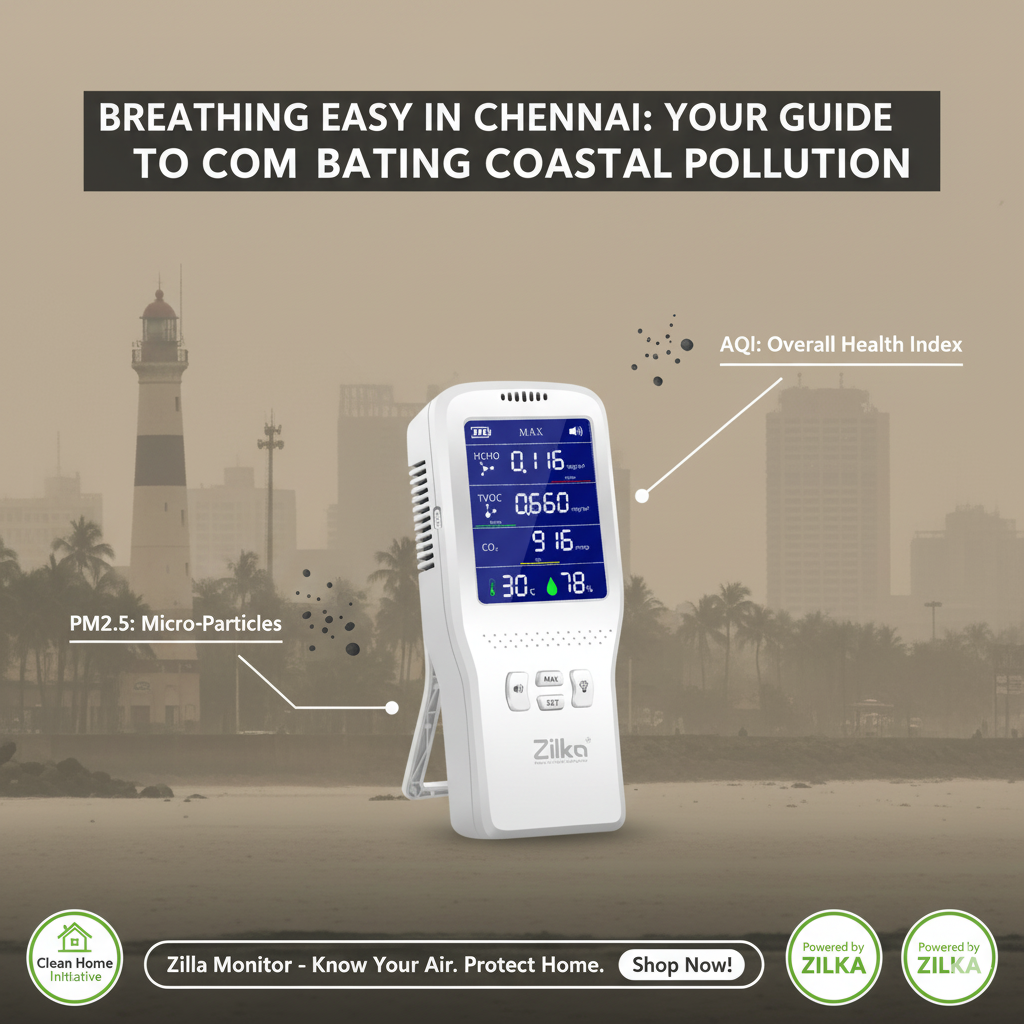
More Than Smog: Why Chennai's Humidity Makes an Air Quality Monitor Essential for Fighting Mold - Air Quality Index - AQI
When people talk about air pollution in India, they usually talk about the smog of the north. But in coastal cities like Chennai, there's a different, more insidious threat, one that thrives in the warm, humid air: biological pollutants.
The biggest challenge in Chennai isn't just the PM2.5 from traffic on Anna Salai; it's the constant battle against humidity. When indoor relative humidity consistently exceeds 60%, it creates the perfect breeding ground for mold, mildew, and dust mites.
These aren't just a nuisance; they are a serious health hazard. Mold releases microscopic spores into the air that can trigger severe allergic reactions, asthma attacks, and other respiratory problems. Dust mites, which flourish in damp bedding and upholstery, are a leading cause of allergies.
Why is an Zilka 11-in-1 Air Quality Monitor a Game-Changer in Chennai?
While you can feel the stickiness in the air, you can't quantify it. An indoor air quality monitor with a humidity sensor is vital because:
-
It Provides Precision: It tells you the exact humidity percentage. Is it a manageable 55% or a dangerous 75%? This data is crucial.
-
It Enables Proactive Prevention: By alerting you when humidity crosses the 60% threshold, it allows you to take action before mold starts to grow visibly on walls or inside cupboards.
-
It Validates Your Efforts: You can see a clear drop in humidity levels after running a dehumidifier or your AC in dry mode, confirming your actions are effective.
In Chennai, a true picture of air quality isn't just about PM2.5. It's about managing the moisture that fosters a hidden ecosystem of allergens. Zilka 11-in-1 Air Quality Monitor monitor is your first and most important line of defense.


